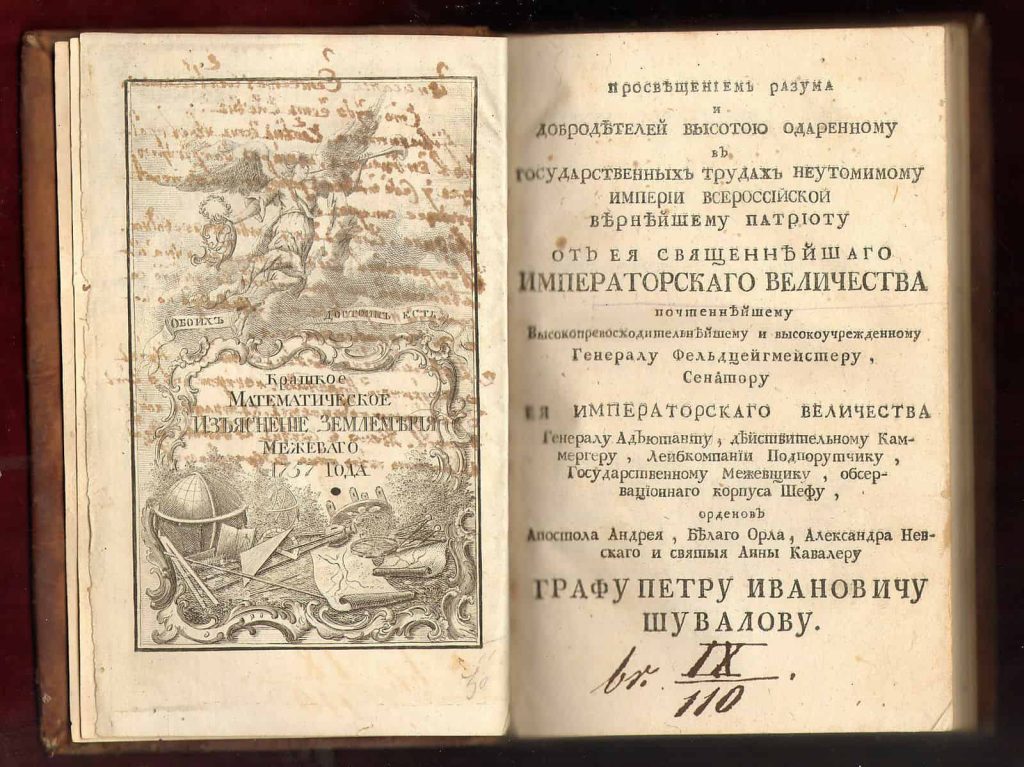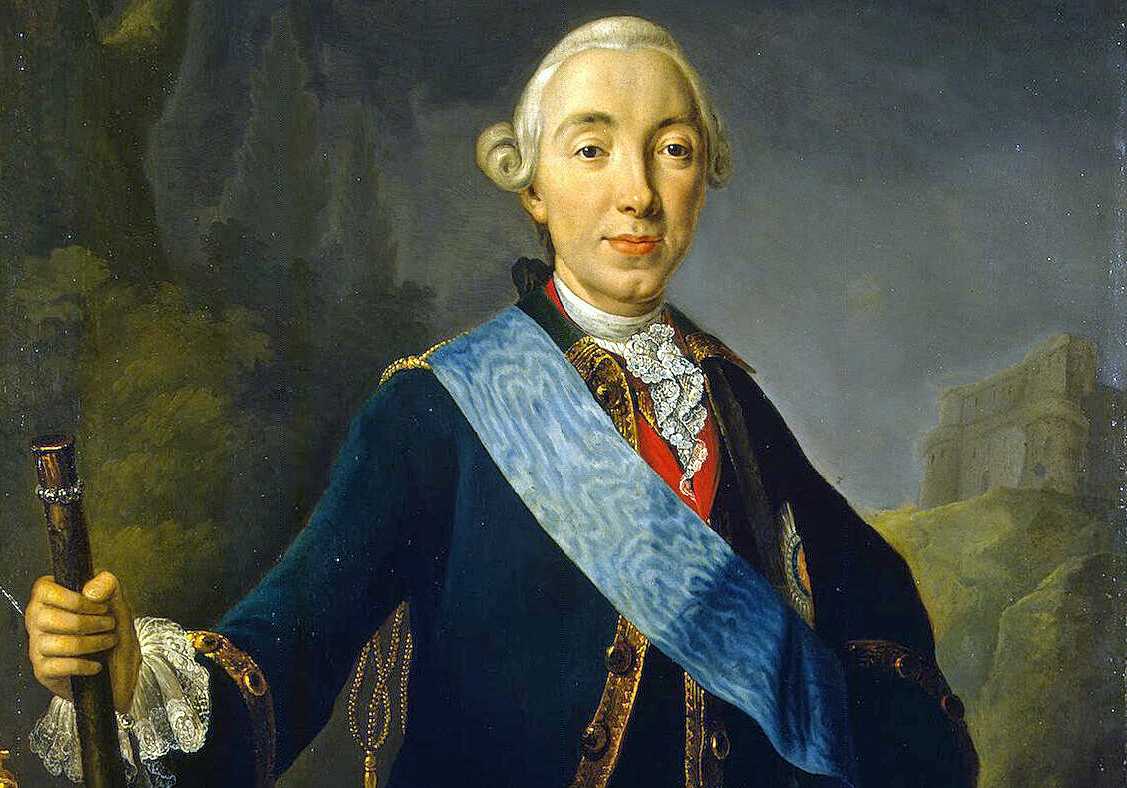
Blog
The Mathematical Brilliance of Dmitry Tsitsianov

Early life and education
Dmitry Pavlovich Tsitsianov hailed from the ancient princely Tsitsishvili family, which once ruled a section of the Kartli region. His father, Prince Paata (Pavel Zakharievich) Tsitsianov, joined King Vakhtang’s entourage and moved from Georgia to Russia in 1725. In Russia, Prince Paata became a Russian subject and served as a captain in the Georgian Hussar Regiment.
Dmitry Tsitsianov started his education in 1723. In 1739, he attended lectures at the Academy of Sciences, covering subjects like experimental physics, moral philosophy, mathematical geography, German, and Russian. On October 23 of the same year, he joined the Infantry Noble Cadet Corps. By February 10, 1742, he finished his studies and entered civil service. He joined the State War Collegium to learn the Russian chancellery style in a secretarial role.
In 1742, on February 25, Tsitsianov and other cadets underwent an examination at the Academy of Sciences to assess their knowledge in various fields. According to the professors, including Kraft, Vinsgeim, Geiksius, and Gellert, Tsitsianov excelled in all subjects and languages.
Mathematical brilliance
Among his notable works is “A Brief Mathematical Explanation of Boundary Surveying”, printed in Saint Petersburg in 1757. This book greatly contributed to land surveying and mathematics during the 18th century. The work is recognized for its clarity and succinctness in presenting mathematical principles related to boundary surveying. In the context of land surveying, boundary surveying involves precisely determining and demarcating the boundaries of a piece of land, often a critical task for property ownership, legal disputes, and territorial demarcation.

A title page with a frontispiece of Tsitsianov’s book with a dedication to Count Petar Ivanovich Shuvalov. It was printed in 1757 in Saint Petersburg.
The main features of the work
Tsitsianov’s text aimed to provide a comprehensive yet concise explanation of the mathematical aspects of boundary surveying. This would have been particularly valuable for practitioners in the field, as well as students and individuals interested in the intersection of mathematics and practical applications.
The publication includes eight tables of figures, implying a practical approach. These tables likely had graphical representations, charts, or data to assist surveyors in calculations during surveying tasks. Emphasizing practical application, Tsitsianov aimed to bridge the gap between theoretical knowledge and real-world implementation in land surveying. This aligns with the pragmatic needs of surveyors and land administrators at the time.
Significance
To understand the specific details of Tsitsianov’s work, a direct examination of the text is necessary. “A Brief Mathematical Explanation of Boundary Surveying” is a crucial historical document. It illuminates the state of mathematical knowledge and its practical applications in 18th-century land surveying. This underscores the interdisciplinary nature of knowledge during this era. Mathematics played a vital role in shaping practical aspects of society, such as land management and administration.



